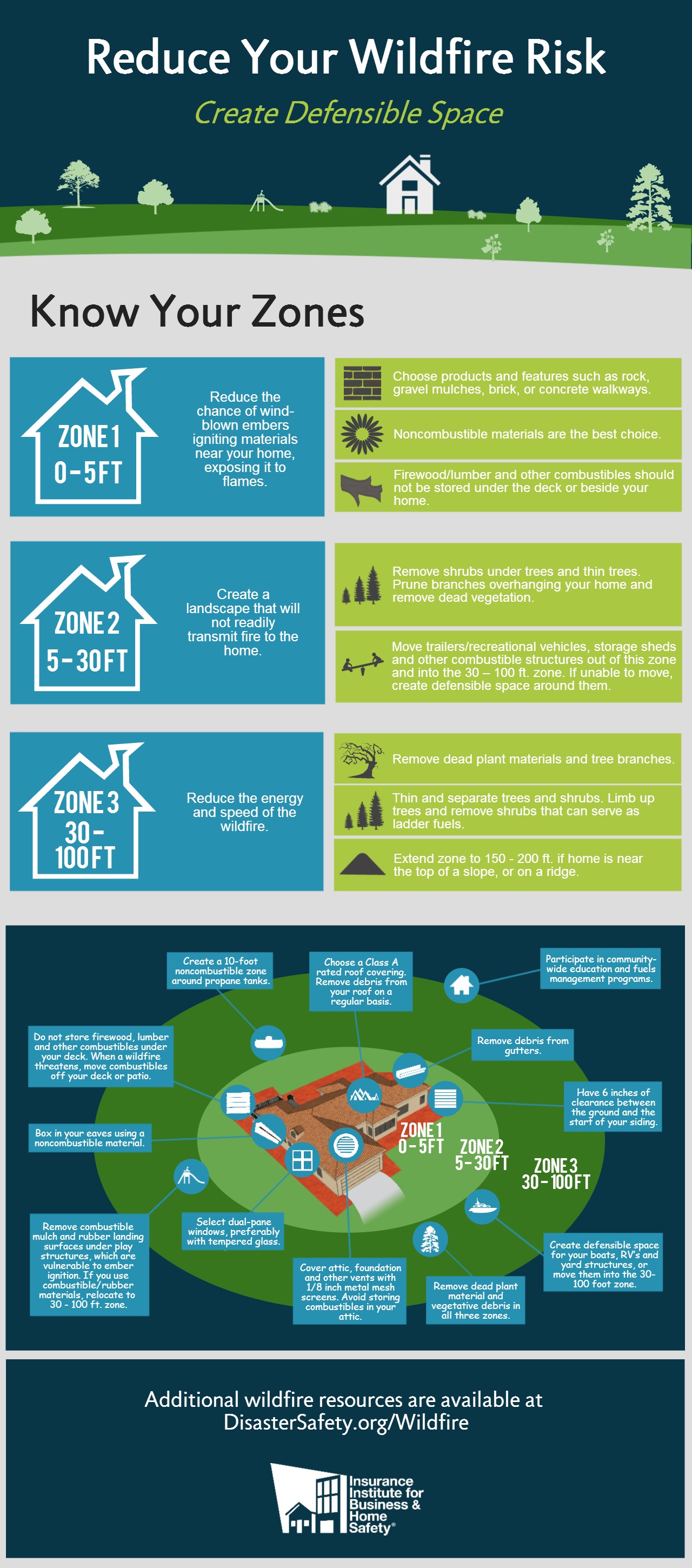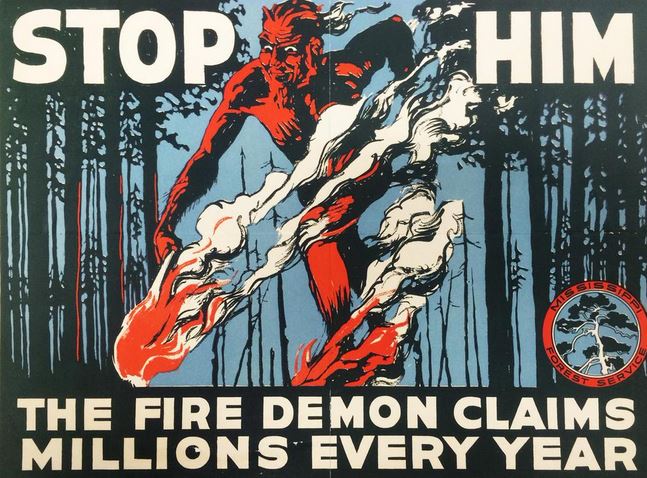Tag: fire prevention
Smokey Bear’s historical video reel
The video above shows some historical examples of how Smokey Bear has appeared in public service announcements.
Below is a new version of a Smokey Bear song.
The original Smokey Bear song was the genesis of a misunderstanding of Smokey’s middle name: “The”. A songwriter added it because he thought it was needed in the phraseology of the music. But Smokey does not have a middle name. He is SMOKEY BEAR.
Is fuel reduction the same as fire prevention?
On March 5 we posted a graphic produced by the U.S. Forest Service that indicated they were preventing wildfires “by igniting prescribed fires and by mechanical thinning to decrease the amount of combustible materials”.
We wrote, “Often we see politicians and media personnel conflate wildfire prevention with fuel management.”
One of our readers left a comment, saying, “Are you saying that prescribed fires and fuels management (e.g. mastication) do not constitute ‘wildfire prevention,’ in your view? If this is your view, can you please explain the rationale behind it?”
Our response turned out to be rather detailed, so we decided to also post it here:
****
The definition of “prevent” is “to keep something from happening”. The USFS graphic above indicates that the USFS prevents wildfires “by igniting prescribed fires and by mechanical thinning to decrease the amount of combustible materials”.
Decreasing the amount of combustible materials on USFS land does not prevent fires. It may slow the rate of spread and the intensity of wildfires, which may reduce the resistance to control, enabling firefighters, if they arrive early enough and in sufficient numbers, to stop the spread of a wildfire when it burns into a previously treated area. Fuel treatments may reduce the chances of a small to medium-sized fire from becoming a large fire or a megafire, but they don’t prevent the ignition of fires.
Wildfire prevention programs can involve the following strategies:
–School programs
–Contacting the public at events
–Marketing (ads, billboards, signs)
–Contacting recreationists, hunters, and ATV riders in the field
–Regular patrols
–Detection of illegal campfires
–Exhibits and displays
–Poster contests
–Enforcing certain laws about fireworks and campfires
–Controlling, regulating, or inspecting equipment of contractors, railroads, ATVs, and motorcyles
When budgets are reduced in land management agencies, fire prevention is usually first on the chopping block. Now it’s to the point where many people don’t even know that it used to exist. Or that fire prevention used to be a full time job for many government employees. They may vaguely remember the term, but don’t know what it involved. So even USFS public information personnel when they are designing graphic art can conflate it with fuel reduction, thinking they are the same.
Another example is Senator Ron Wyden who said recently when discussing wildfires “…there is not enough prevention…” As an example of “prevention”, he was referring to the Ashland Forest Resiliency Project which involves prescribed fire and the mechanical thinning of vegetation. There is no indication that he was actually thinking of the prevention of unwanted IGNITIONS of wildfires.
Many politicians, under pressure from lobbyists and contributors, argue passionately to increase timber cutting on public land, and sometimes say it “prevents fires”. But I’ve never heard a politician argue passionately about adequately funding programs that actually prevent unwanted ignitions of wildfires.
And it costs FAR LESS to prevent a fire than to put one out.
Here is a link to a 1998 National Wildfire Coordinating Group document titled “Wildfire Prevention Strategies”, for those who are curious about what fire prevention used to be.
Now to be fair, I’m not saying that fire prevention programs no longer exist. However, they are a far cry from when they were funded at a much more meaningful level.
Disney Planes-themed exercises to teach wildfire facts
An activity book for kids based on the Disney movie Planes — Fire and Rescue is available for download (large 16.2MB file). It includes word games, a wildlands ecology quiz, campfire safety tips, a prevention skills test, and some wildfire facts — “learn more about wildfires and how to prevent them”.
“Be Ready for Wildfire” PSA
CAL FIRE has produced a public service announcement encouraging residents to “be ready for wildfire”.




